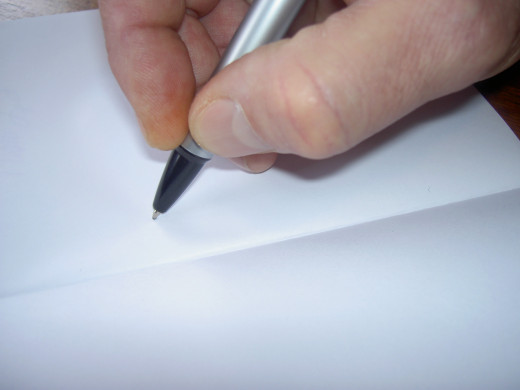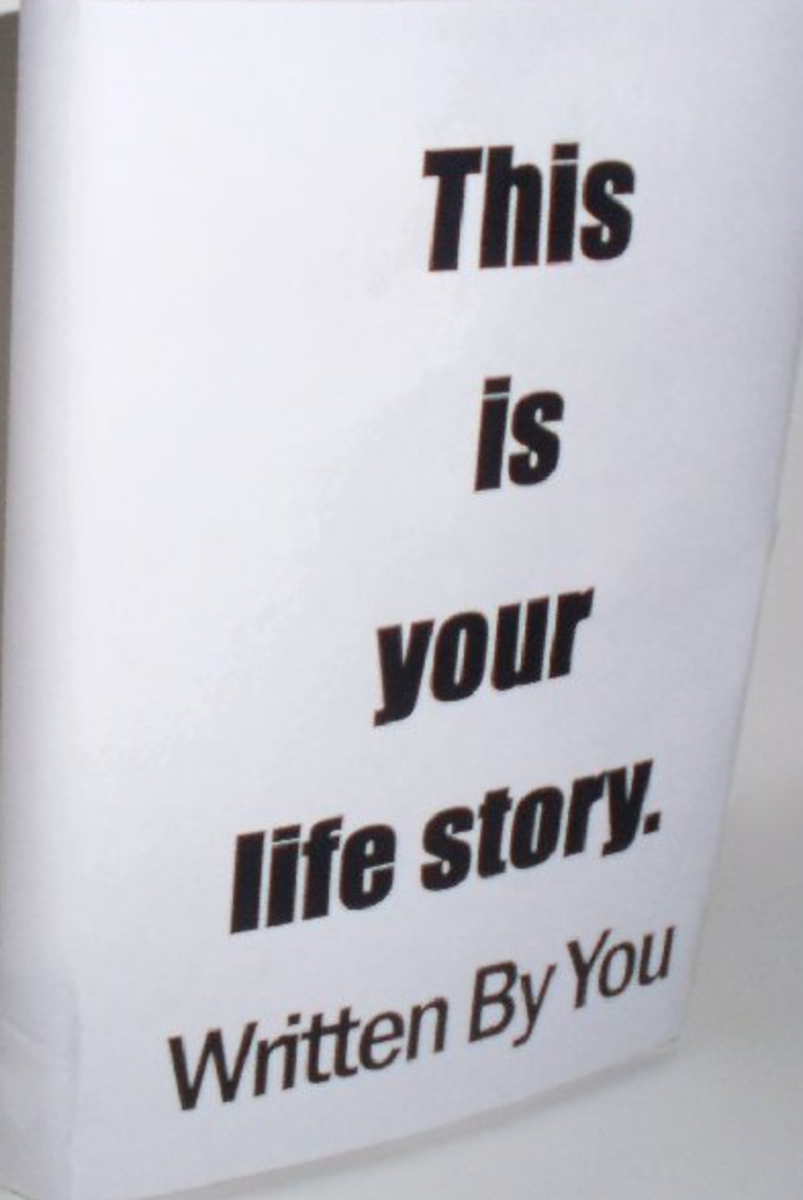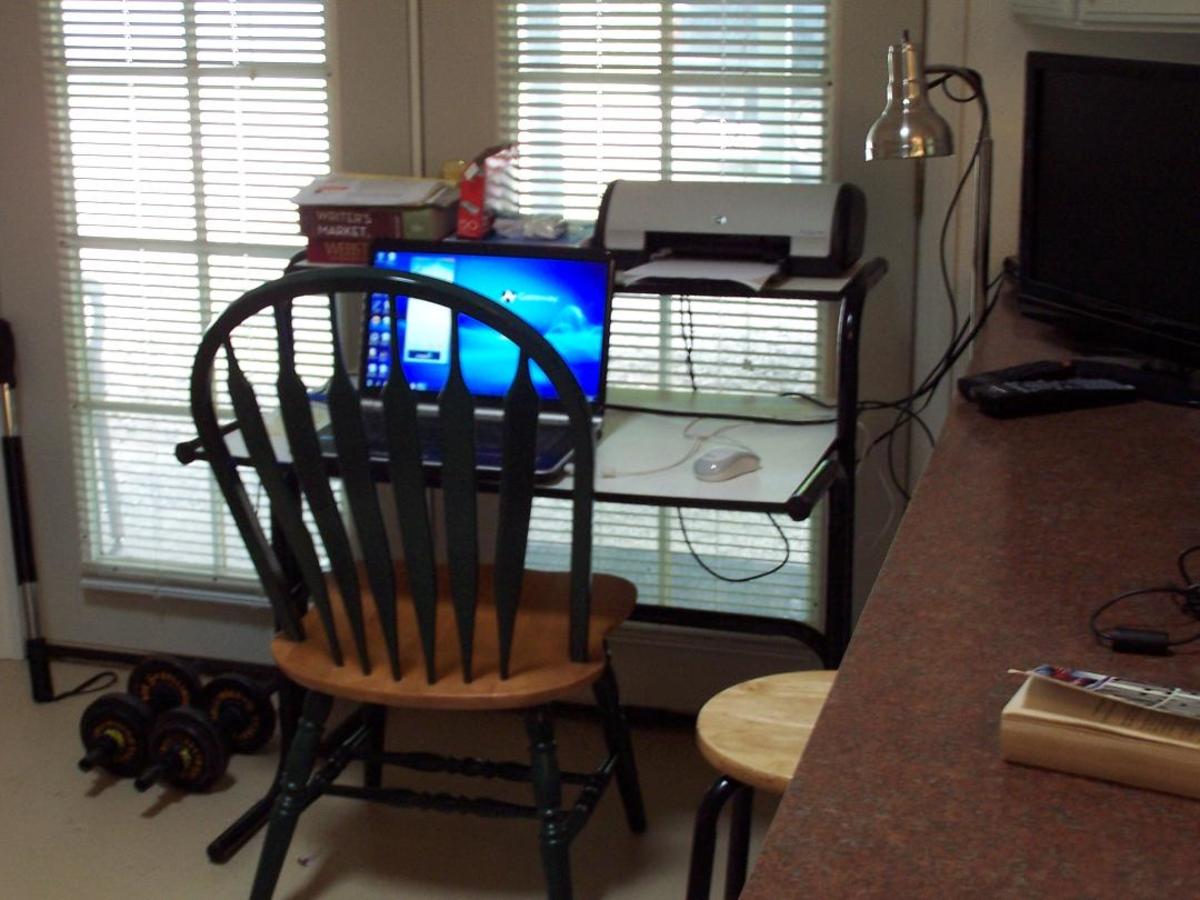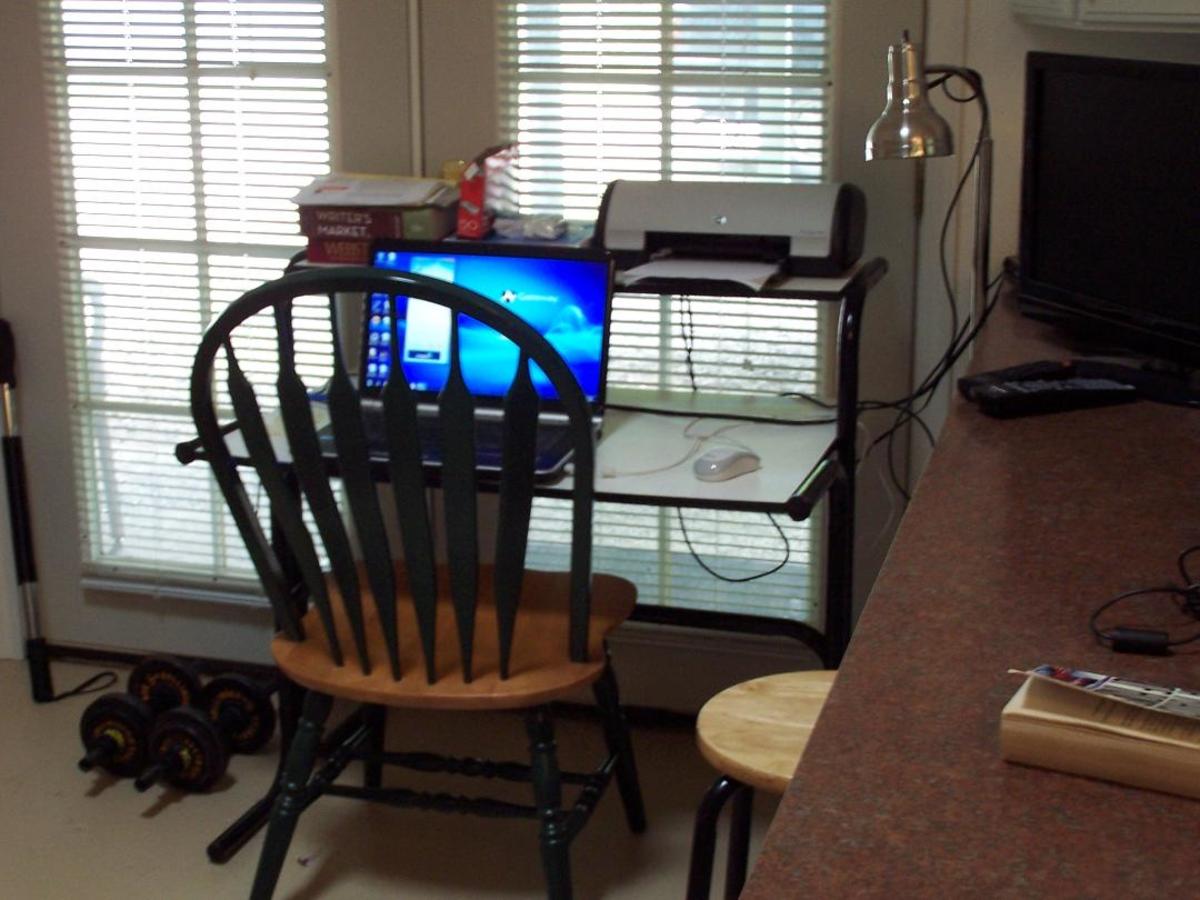Creating a Personal History


Consider the sidebar.
Sometimes when collecting the pieces of your history, a story or event will pop out that really doesn’t fit into the story line that is being created, (whether chronological or otherwise) but that really needs to be told. There may also be photographs that cry out to be included in the history. These tidbits are likely fascinating (albeit short) anecdotes that should be included. In this case, the sidebar may just the ticket.
Photos
If a photo is going to be used, it should really have a caption if the reader (especially a generation from now) is going to have a prayer of knowing who or what it is. Take the opportunity to expound on the picture and any stories behind it.
Text
Sidebars are best kept short, but make sure to tell the whole story and include where in the chronology the story fits so the reader can get a feel of the age and setting where the story takes place.
The Art of Writing
The process of writing and re-writing is an art unto itself. Here are some other hubs I’ve written on the topic of writing.
Painless? Hints for Re-writing.
http://neildabb.hubpages.com/hub/rewritinghints
Formatting: The Other Critique.
http://neildabb.hubpages.com/hub/Formatting-The-Other-Critique
A popular hobby for many of us is genealogy or the study of ones ancestors. That said, how many of those hobbyists have left a history for their posterity? Creating a personal history can seem daunting, but as amateur genealogists it is only logical to begin at the present and move backwards. So the starting place, should be you.
There are many methods for creating a history, and while this one has worked for me, there may be others that work better for someone else. Here’s how I would start.
1. Collect and record the stories. Take a few minutes and type or write down your earliest recollections. They may be brief or extensive, but record them. Then move on to the next event you remember. Continue doing this for several weeks. If there are stories that your parents, or extended family tell about you, record it. These stories will be the building blocks of your history. Collect and record those stories until you feel that there is enough to show someone what your life was about (but don’t take so long that the history never gets written.)
2. Next, sort the stories into some form of order. Usually this is chronological, but there may be exceptions. For example you may want to tell about childhood pets, then tell about school, and then vacations.... There is more than one way to order a history, but it has to have some sort of order. Once the order has been set, fill in any blanks or empty places with whatever details are needed to get to the next block. Include dates and places and at least a brief description of what happened between the last story and the next.
3. And finally, revise. As most writers know, this is a long and usually very hard process. In the case of a history, this involves adding pictures, and preparing to publish the history, even if it is just for yourself. If there is a trusted associate who is willing to read and give constructive criticism, have them read it. Once you can read the work a couple times through without making major changes, stop! The history is ready to publish.
A personal history is something that can be left for future generations, or it can be a lab-book that is used to keep us from making the same mistake twice. Regardless how it is used, it is not a wasted effort. The key is to begin.
qed.








